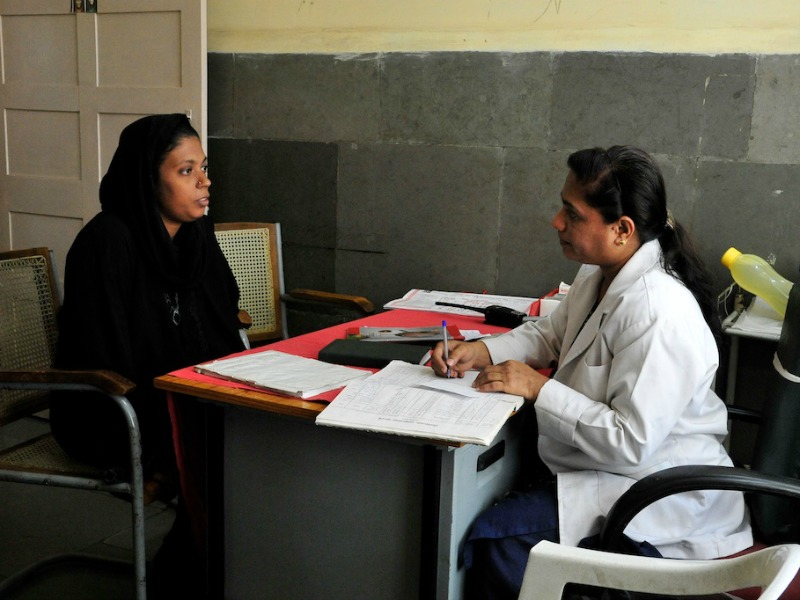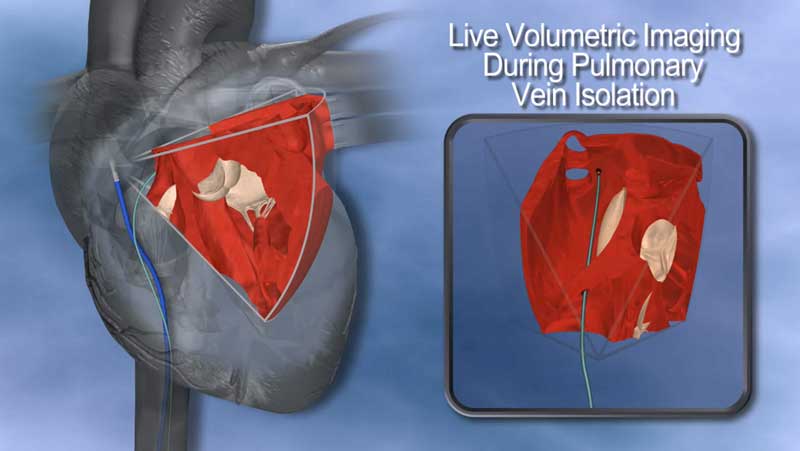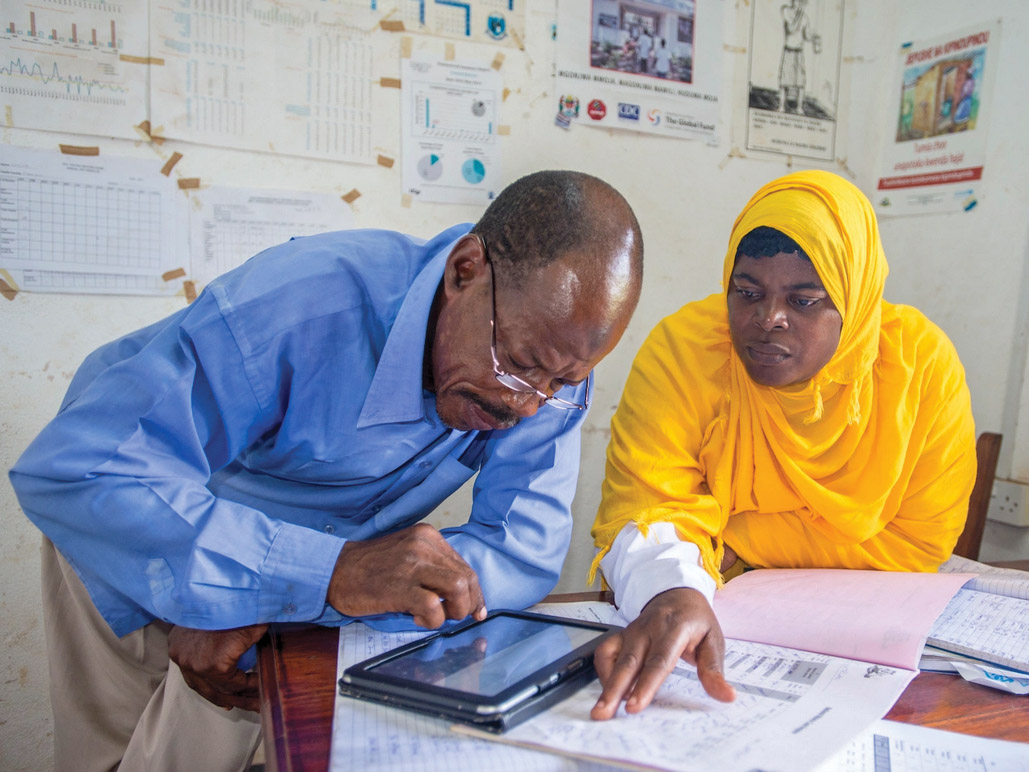15 Things We Learned in 2015
In FY2015, RTI led and published studies spanning the social and laboratory sciences, international development, and engineering. Our aim is to deliver high-quality data and results to inform policy and practice and to contribute to the advancement of science and technology—always in service of our mission to improve the human condition.
E-cigarette vapors contain enough nicotine and other chemicals to cause concerns about secondhand exposure.

According to our study of the composition of e-cigarette vapor, a non-user may be exposed to secondhand aerosol particles similar in size to tobacco smoke and diesel engine smoke.
If given active treatment, some premature babies may survive as early as 22 weeks.

A study of 4,000 premature infants revealed that hospitals that administered active treatment to extremely premature babies more frequently had higher rates of survival than hospitals where active treatment was less frequent.
Educational reforms blending academics with applied skills could unlock global workforce potential.

Our approach to adapting a successful U.S. educational reform that blends academic learning and applied technical study could help other countries meet demands for more relevant workforce educational opportunities.
Bridging the gap between research and practice is critical to lowering cancer mortality rates in India.

Researchers developed a framework that employs implementation science to identify gaps and needs that could accelerate the prevention of oral, breast, and cervical cancer in India, which account for a third of the country’s cancer cases.
Our 3-D imaging catheter may help improve accuracy and reduce the risk of complications during cardiac interventions.

Our novel catheter contains an ultrasound microarray that can provide cardiologists with a live view from inside the heart.
One-third of college STEM students switch to non-STEM majors by graduation.

An examination of data found that high-performing students were prone to leave STEM fields by switching majors, while low-performing students were more likely to leave STEM fields by dropping out of college.
The keys to achieving Sustainable Development Goals in Africa may lie in “little data.”

According to our experts, popular “big data” tenets do not fully apply to needs in developing countries for improved public management, governance, education, health care, or food production.
Chronic kidney disease is on the rise in the U.S.

Chronic kidney disease is projected to increase among adults aged 30 or older in the United States—from 13.2 percent today to 16.7 percent in 2030.
Education campaigns and advertising can influence intentions to quit tobacco and the likelihood of trying e-cigarettes.

An RTI-led survey of 5,000 smokers found that a national tobacco education campaign featuring graphic, testimonial-style advertisements increased intentions to quit smoking. We also conducted the first study to demonstrate a direct link between adolescents’ exposure to e-cigarette advertising and their likelihood of future use.
We know which U.S. communities are most at risk for obesity.

Our highly detailed, interactive map combines obesity data with a geographic information system database to show localized obesity data nationwide. Researchers and health officials can download the data and incorporate additional data from other sources to support analysis and decision-making.
84 percent of technology and energy companies in North Carolina’s Research Triangle region plan to hire in the next five years.

According to the first-ever survey of the region’s cleantech sector, top areas cited for business growth among surveyed companies are software/programming, data analytics, consulting, energy services, information technology, and renewable energy.
Some patients are at greater risk of acetaminophen overdose.

People who use acetaminophen regularly, drink alcohol heavily, or work in health care are less likely to protect themselves from the risk of accidental over-the-counter acetaminophen overdose.
Technical certificate and associate’s degree programs boost the earning potential of disadvantaged, low-income students more than four-year programs do.

A study of the college and labor market experiences of more than 210,000 students revealed that many disadvantaged students choose to study general humanities or liberal studies programs, which may result in less compensation.
Many consumers do not follow recommended practices for handling raw poultry or eggs at home.

A nationally representative survey of consumers found low rates of compliance with USDA recommendations for handling turkey and chicken. A separate study found that more than 25 percent of consumers reported eating raw, homemade cookie dough or cake batter in the past 12 months, a potentially unsafe practice.
Nutrition education programs in low-income child care centers and elementary schools can help improve nutrition at home.

According to a study of Supplemental Nutrition Assistance Program Education (SNAP-Ed) interventions, children who participated in one six-week program at school or daycare consumed more vegetables and low-fat/fat-free milk at home than children who were not involved in the program.